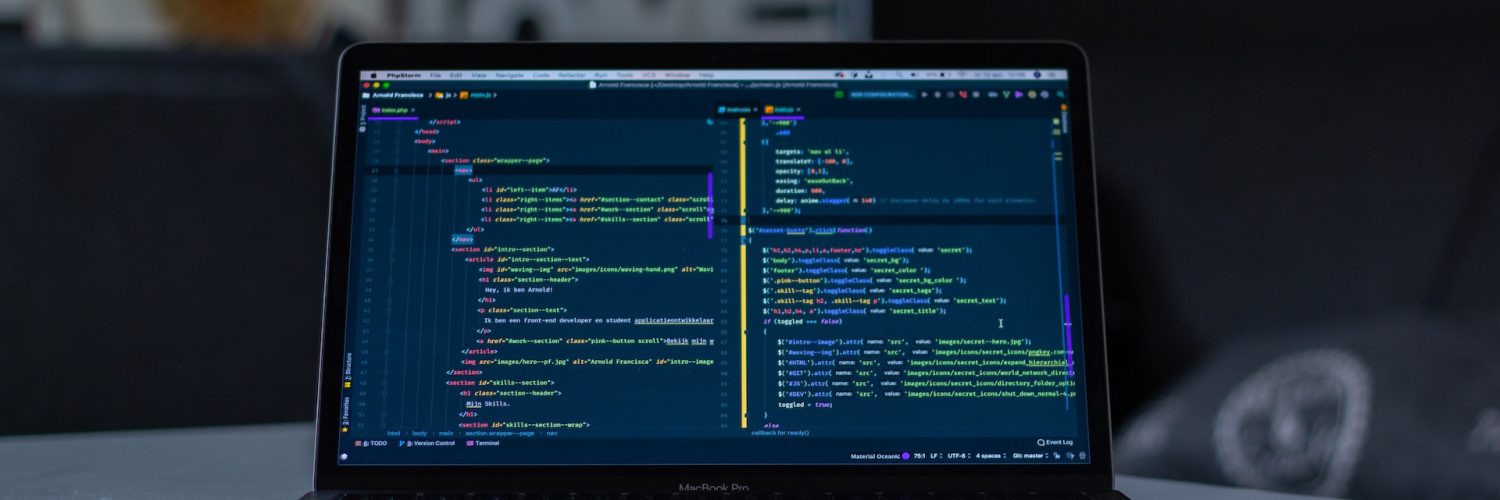Graphical User Interfaces (GUIs) play a pivotal role in enhancing the user experience and making applications more accessible and intuitive. When it comes to developing GUI applications, Go, the popular open-source programming language developed by Google, offers a range of tools and frameworks to simplify the process. In this article, we will explore the world of Go GUI development, highlighting web-based and desktop-based approaches, along with practical code examples and a comprehensive table comparing different frameworks.
Web-based Go GUI:
Web-based Go GUI frameworks allow developers to build dynamic interfaces accessible through a web browser. They leverage the power of Go in combination with web technologies such as HTML, CSS, and JavaScript. One notable framework is Wails, which enables the creation of cross-platform desktop applications with a rich user interface. By combining Go’s efficiency with the versatility of web technologies, Wails empowers developers to build desktop applications with ease.

Desktop-based Go GUI:
Desktop-based Go GUI frameworks provide native desktop application development capabilities, allowing for seamless integration with the host operating system. Fyne is a popular choice in this category, providing a straightforward API and extensive widget library for building responsive and visually appealing GUI applications. With Fyne, developers can create desktop applications that look and feel native, delivering a polished user experience across platforms.
Code Example:
To illustrate the process of building a GUI application in Go, let’s consider a simple program that calculates the square of a given number. Using the Fyne framework, we can create a window with an input field and a button. When the button is clicked, the program will display the squared result in a label. Here’s an example code snippet:
package main
import (
"fyne.io/fyne/v2/app"
"fyne.io/fyne/v2/container"
"fyne.io/fyne/v2/widget"
)
func main() {
myApp := app.New()
myWindow := myApp.NewWindow("Go GUI Example")
input := widget.NewEntry()
output := widget.NewLabel("")
button := widget.NewButton("Calculate", func() {
number := input.Text
// Perform calculation
squared := number * number
output.SetText(squared)
})
content := container.NewVBox(input, button, output)
myWindow.SetContent(content)
myWindow.ShowAndRun()
}Table: Comparing Go GUI Frameworks
| Framework | Type | Cross-Platform | Widget Library | Learning Curve |
|---|---|---|---|---|
| Wails | Web-based | Yes | HTML, CSS, JS | Moderate |
| Fyne | Desktop-based | Yes | Custom | Beginner-friendly |
Conclusion:
Go offers developers a plethora of options when it comes to GUI development. Whether you prefer web-based or desktop-based approaches, there are powerful frameworks like Wails and Fyne that can cater to your needs. By leveraging the strengths of Go and combining them with web or desktop technologies, developers can create intuitive and visually appealing applications that enhance the user experience. The code example and the table provide a glimpse into the possibilities and characteristics of different Go GUI frameworks. So go ahead, explore the world of Go GUI development and unlock the potential of building interactive applications with ease.







































Add comment